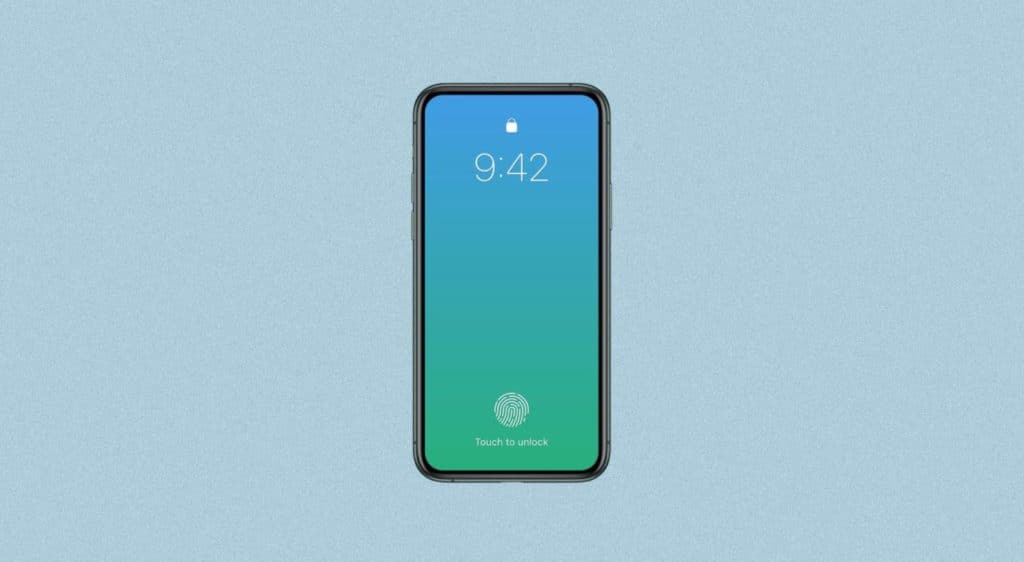But this does not mean that the company will ever implement it. However, the world in which there is COVID-19 requires such solutions.
Apple is still working on a sub-screen Touch ID. At least, this can be judged by the patents that have appeared on the net. However, it is not yet known whether this development will ever be implemented.
What is a scanner?
The core of this scanner will be an element that emits shortwave infrared light. A photosensitive element works in tandem with them. It is necessary to receive the reflection of the surface of the finger. Simultaneously, both parts are isolated from each other, which allows them not to interfere with each other’s work.
An important point: the display should consist of panels with different pixel densities. This is seen in the illustration accompanying the patent:
This is necessary for better scanner performance since two images will pass through the display at once. Unless, of course, Apple ever implements this Touch ID system. Indeed, sometimes it is not the development that is patented, but only the device’s concept.
According to authoritative insider Min-Chi Kuo, the company is currently working on another iPhone, which will be shown in 2021. It won’t have Face ID, but it has a full front panel and a Touch ID scanner on the side. This scanner will be similar to the one currently installed in the new iPad Air
By the way, the text I linked to contains a lot of outdated information. For example, the iPhone 9 is the iPhone SE (2020), and AirPower Lite was dubbed MagSafe and was pushed back from the first half to the second of this year. And AirPods Studio will be released in the spring.
What for?
If you have such a problem, you probably either walk without a mask or live in a world without coronavirus: you cannot take off your mask in a store, and continuously typing in your iPhone password is annoying. It’s much easier to put your finger on the scanner and pay for purchases using Apple Pay or simply unlock your smartphone.
Source: Patently Apple.
